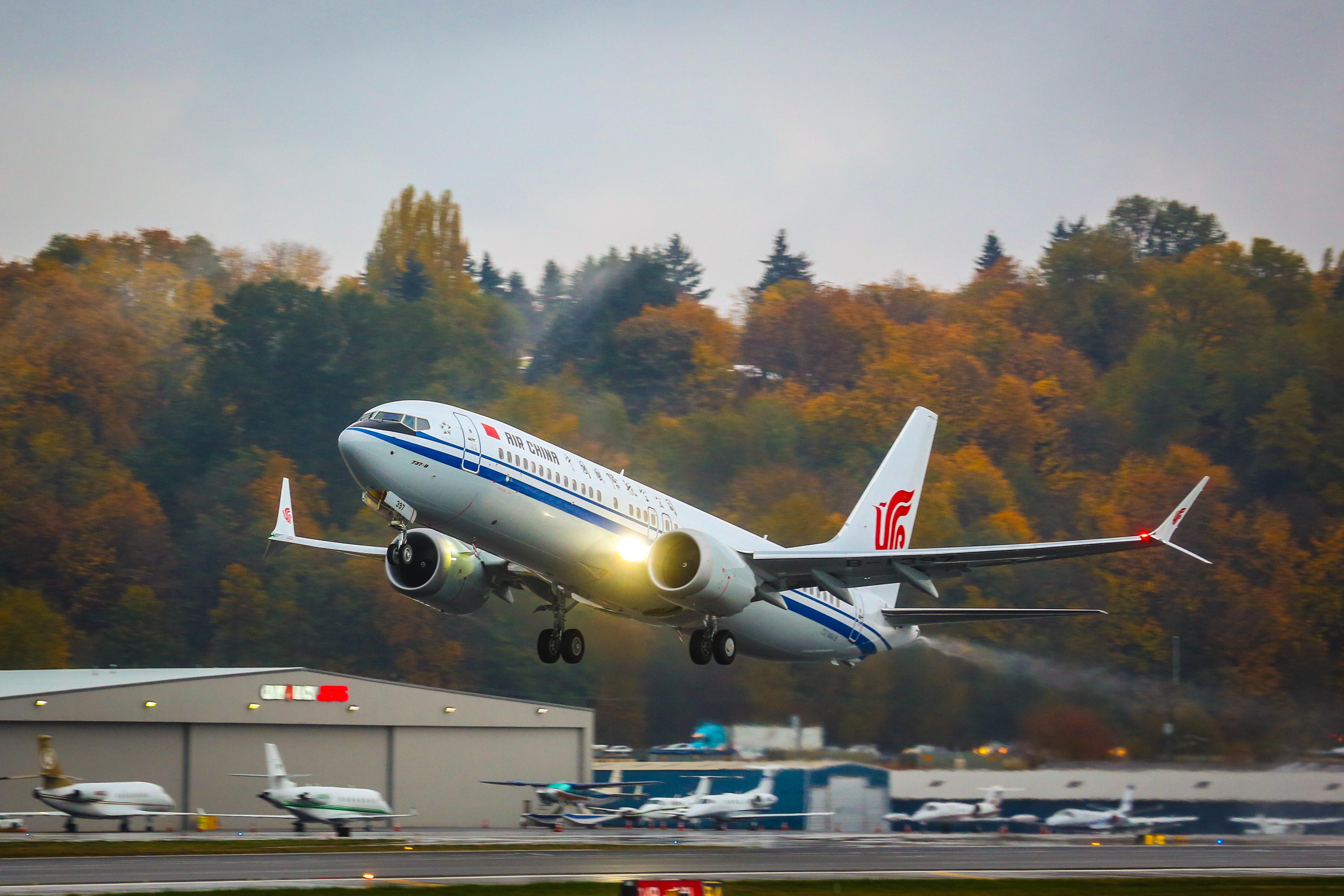
Credit: Boeing
The Civil Aviation Administration of China (CAAC) has issued an airworthiness directive (AD) outlining aircraft-specific parameters for returning the Boeing 737 MAX to service, essentially mandating the same series of measures required by its U.S. counterparts and, in one case, European and Canadian...
Subscription Required
This content requires a subscription to one of the Aviation Week Intelligence Network (AWIN) bundles.
Schedule a demo today to find out how you can access this content and similar content related to your area of the global aviation industry.
Already an AWIN subscriber? Login
Did you know? Aviation Week has won top honors multiple times in the Jesse H. Neal National Business Journalism Awards, the business-to-business media equivalent of the Pulitzer Prizes.


